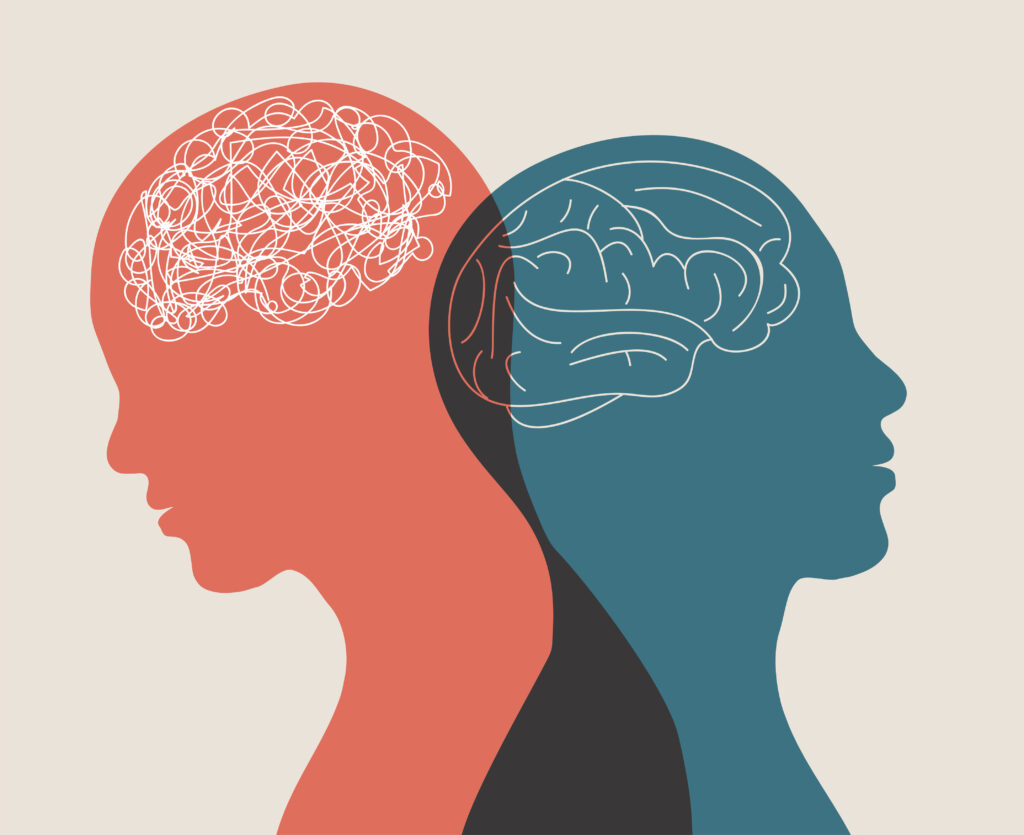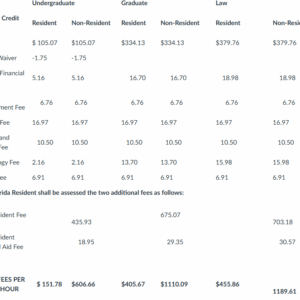Lifestyle | March 19th, 2024
Seasonal Depression as Spring Rolls in
By: Cordell Jones | Staff Writer

One day, you wake up and feel completely fine; the next, you feel like your energy has been depleted. You are feeling more anxious, irritable and withdrawn from your environment at a time when that should be further from the case. These feelings can be the signifying mark of Seasonal Affective Depression, otherwise known as SAD, affecting students starting into the spring semester.
What some might look at as a phase of emotions is a constant state of seasonal depression. SAD can be caused by a myriad of different things. As stated by Johns Hopkins Medicine, SAD can be caused by the end of daylight savings, causing a lack of melatonin to be produced. Additionally, in a closer sense, it can be caused by the onslaught of various things college students go through in a semester. Work-life balance, involvement and future planning are all elements of the college spring semester that could lead to someone feeling any of the symptoms associated with seasonal depression.
In most cases, SAD occurs in the fall and winter months. However, it is still possible for it to happen in the spring and summer months. The spring semester, usually a loaded time for college students, can cause an onslaught of these emotions. According to a Penn State article regarding SAD, college freshmen are usually more susceptible to developing these feelings. New experiences like being away from home in a new and different environment, among other things, can cause this emotional pattern to appear. Outside of college freshmen, students matriculating into the later stages of college life worry about what’s happening after college or what things they can do as students with the time they have left in school. In most cases, students and young people who suffer from SAD and the various symptoms are told to brush off the emotions as they’re “nothing serious.” Nevertheless, these feelings can persist and be a problem for those suffering in the fall or spring semester.
While students can identify the disorder or emotional pattern within themselves, most cannot find tangible solutions to propel them past the perpetual “spring sadness.” Self-care is one of the most cited resources for handling SAD. According to Boise State’s “5 ½ Things About Seasonal Affective Disorder” article, “Treating yourself with care is essential for your mental health.” This can be partaking in things like consuming media content like TV shows and movies, journaling or hanging out with people you love. These activities can help foster a better mental state and help you feel better overall. Moreover, as mentioned in the article, having a support system is necessary to push through the feelings caused by SAD. Whether it be through the people you’ve met in college, family members or faculty you can trust, having people you can reach out to always helps when dealing with SAD.
Sometimes, students may need further help regarding these issues. On FAMU’s campus, through FAMU Counseling Services, Better Mynd and the toolkits offered through the platforms, students have access to professional assistance during these trying times. One significant thing to note is there is a notable difference between SAD and just feeling sad in general, so make sure to seek help in figuring out what you may be going through outside of just self-diagnosing.
Student life can be rough, especially in the springtime; however, the feelings aren’t supposed to last forever. SAD conditions only last for upwards of 4 months and then ease out as the seasons change, as Johns Hopkins mentioned. Still, this time of potential SADness affects us all. Something that we can hopefully take more steps in making sure it is a challenge that can be overcome.





